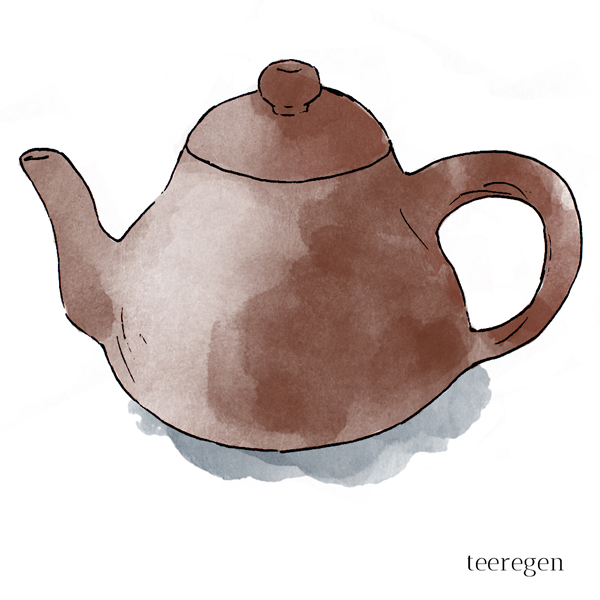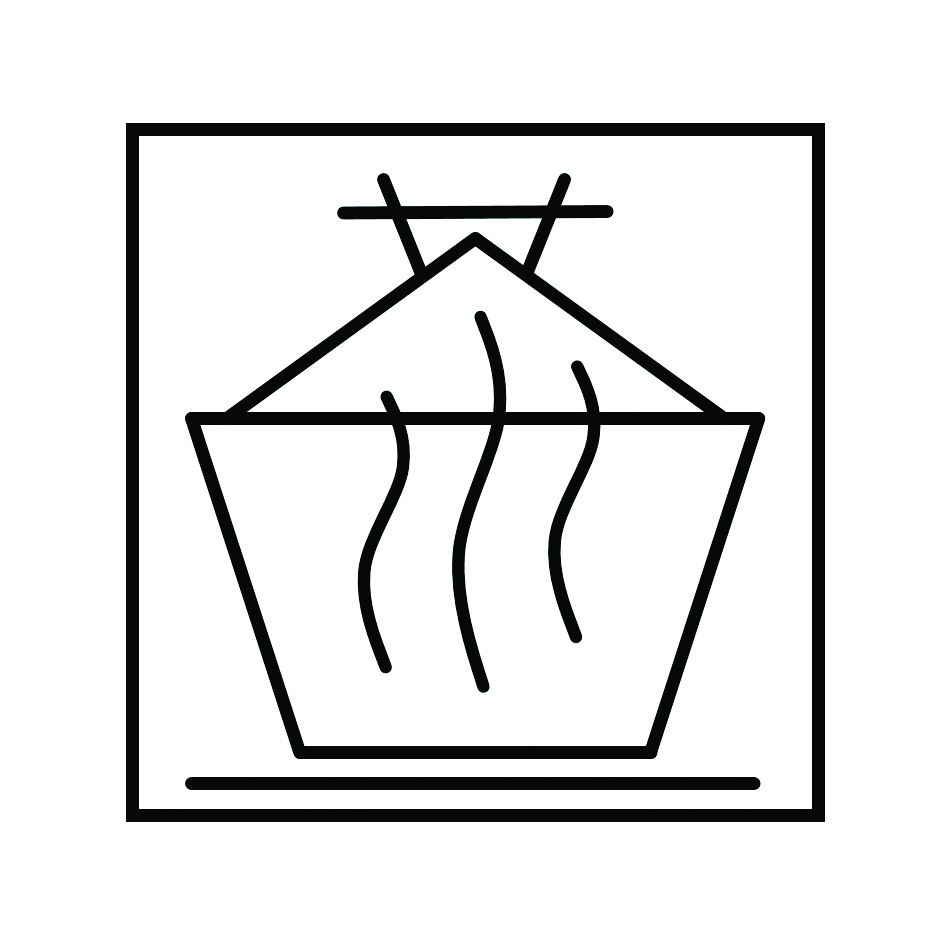A little pear changes history.

梨形
–
lixing
–
pear shape
梨式 lishi – broad term for all pots with heavier bottom, like 梨形 lixing, 思亭 siting, 君德 junde (both named after their creators)
梨形 lixing – specific pear-shaped style of teapot
Today, let’s shine the light on a small but fine teapot and explore more of tea’s past. The history of tea is 5000 years old, but the teapot is fairly new. We are talking Ming and Qing Dynasty.
One of the old designs from the Ming Dynasty is the pear-shaped teapot. This is a very classic design for small teapots made famous by the potter Hui Mengchen in the 17th century (compare shuiping teapot). In fact, he was so well-known for this design that you can also find this shape under the name Mengchen teapot.
His design was copied and imitated a lot in China but it was also this design that made its way to Europe and became the inspiration for many European teaware designs (although they were, of course, larger in volume). Queen Anne’s silver tea service was based on the lixing pot, and that tea service was in turn inspiration for other teaware.
You might find another name Siting 思亭 for this shape (translates to ‘pavilion of thought’ but is the name of a Qing Dynasty potter). There are many debates about whether they are the same or not and if not what the difference is…from what I can gather, the siting teapot is the refined version of the pear. Siting pots tend to be a bit more elegant and slender, with more curves on the body and spout. The pear tends to be a bit more plump. But often the terms are used interchangeably.
Get yourself some ‚Teapot Shapes I‘ postcards!
LY
